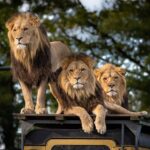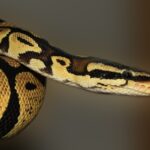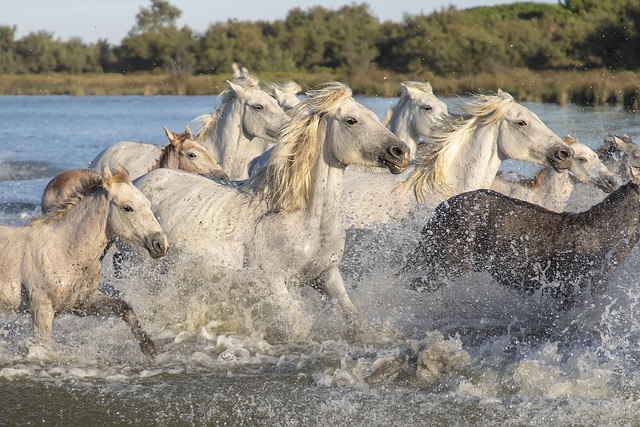 14 Apr
14 AprFrom Pastures to Paddocks: The Evolution of Thoroughbred Breeding
From Pastures to Paddocks: The Evolution of Thoroughbred Breeding
The world of Thoroughbred Breeding has experienced a surprising advancement, changing from humble beginnings on peaceful bequests to the advanced and high-stakes industry that it is nowadays. From the spearheading endeavors of early stud ranches to the present-day advances and breeding methods of the 21st century, the travel of Pure breed breeding may be a confirmation of human inventiveness, energy, and commitment. In this article, we investigate the captivating advancement of Pureblood breeding, following its beginnings, points of reference, and advancements that have formed the breed into the athletic wonders we know today.
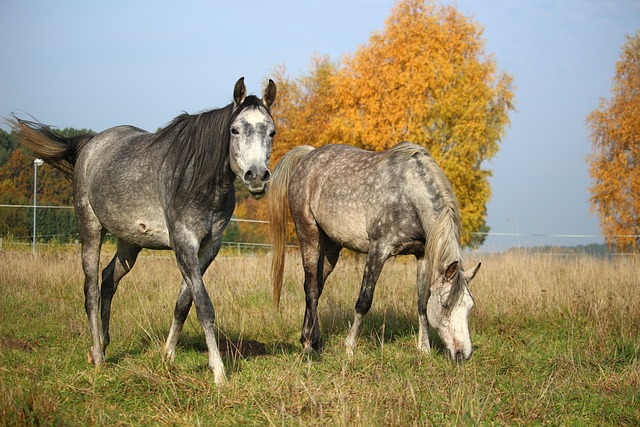
Beginnings of Pure Blood Breeding
– Early Establishments: Pureblood breeding follows its roots back to 17th century Britain, where affluent landowners and respectability started specifically breeding steeds for speed, stamina, and deftness. The establishment of sires of the breed, including the Darley Middle Eastern, the Godolphin Middle Eastern, and the Byerley Turk, laid the basis for the improvement of the Pure breed breed.
Rise of the Stud Farms
– Respectable Interests: As intrigued in horse dashing developed, so as well did the request for quality Pure breeds. Well-off landowners built up stud ranches and breeding programs aimed at creating steeds able to exceed expectations on the course. These early stud ranches played a pivotal part in forming the hereditary pool of the Pure breed and setting up bloodlines that would persevere for centuries.
The Time of Classic Races
– Donning Exhibitions: The presentation of classic races such as St. Leger, the Derby, and the Oaks gave a stage for exhibiting the speed, stamina, and physicality of Pureblood racehorses. These prestigious occasions fueled open intrigue in horse dashing and breeding, encouraging and driving the request for top-quality Thoroughbreds.
The Impact of Bloodlines
– Hereditary Legacies: Certain bloodlines risen as prevailing powers within the world of Pureblood breeding, forming the characteristics and capacities of progressive eras of steeds. From the speed of the Northern Artist line to the stamina of the Striking Ruler line, these persuasive bloodlines proceed to apply their impact on the breed today.
Advancements in Breeding Techniques
– Science and Innovation: Progressions in regenerative innovation, counting counterfeit insemination, developing life exchange, and genetic testing, have revolutionized the field of Pure breed breeding, permitting breeders to create more educated choices and accomplish more noteworthy control over the breeding process.
Globalization of the Industry
– Worldwide Trade: The globalization of the Pureblood industry has driven expanded cross-border exchange and collaboration, with steeds, stallions, and breeding stock traveling around the world in the look of victory on the circuit and within the breeding shed.
Challenges and Opportunities
– Adjusting Act: Whereas the advancement of Pureblood breeding has brought almost numerous benefits, it has also displayed challenges such as inbreeding, hereditary disorders, and welfare concerns. Breeders must explore these challenges while endeavoring to preserve the judgment and well-being of the breed.
Long Haul of Pure breed Breeding
– Looking Ahead: As we see the long term, the advancement of Pureblood breeding appears no signs of abating down. With continuous progressions in innovation, hereditary qualities, and horsemanship, the breed is balanced to proceed advancing and adjusting to meet the requests of the advanced world.
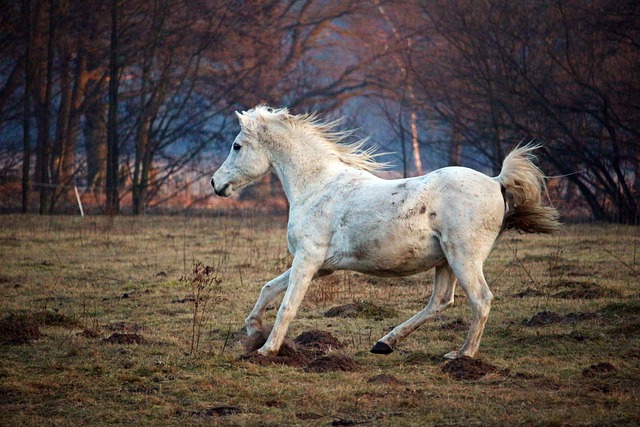
Conclusion: A Bequest of excellence
– From its humble beginnings on peaceful bequests to its current status as a worldwide industry, the advancement of Pureblood breeding could be a confirmation of human advancement, enthusiasm, and diligence. As we celebrate the accomplishments of the past and look forward to the opportunities of long-term, one thing remains clear: the bequest of Pure breed breeding is one of brilliance, perseverance, and the persevering bond between horse and human.
As we reflect on the travel from pastures to enclosures, we honor the pioneers, visionaries, and champions who have shaped the world of Pure breed breeding and proceed to motivate us with their devotion to excellence.
Unique FAQs
- What part do stallions play within the present-day Pure breed breeding industry?
Stallions are pivotal to breeding preparation, serving as the essential source of hereditary differing qualities and contributing to the improvement of unused bloodlines and breeding programs.
- How has the globalization of the Pureblood industry affected breeding practices?
The globalization of the industry has driven expanded differences in bloodlines, as steeds from diverse locales and nations are bred together, making openings for new collaborations and partnerships.
- What headways in regenerative innovation have had the greatest effect on Pureblood breeding?
Artificial insemination, developing life exchange, and hereditary testing are among the foremost critical progressions in regenerative innovation, permitting breeders to progress breeding results and diminish the chance of hereditary disorders.
- What challenges do breeders confront in keeping up the well-being and integrity of the Pure breed breed?
Inbreeding, hereditary clutters, and welfare concerns are among the challenges confronting Pure breed breeders, who must adjust the desire to create competitive racehorses with the ought to prioritize the wellbeing and well-being of the animals.
- How do breeding hones vary between districts and nations within the Pureblood industry?
Breeding hones can shift broadly depending on variables such as climate, territory, and social inclinations. Whereas certain breeding procedures may be more predominant in certain districts, the overarching objective of producing top-quality Pure breeds remains reliable over the industry.
for more information:


